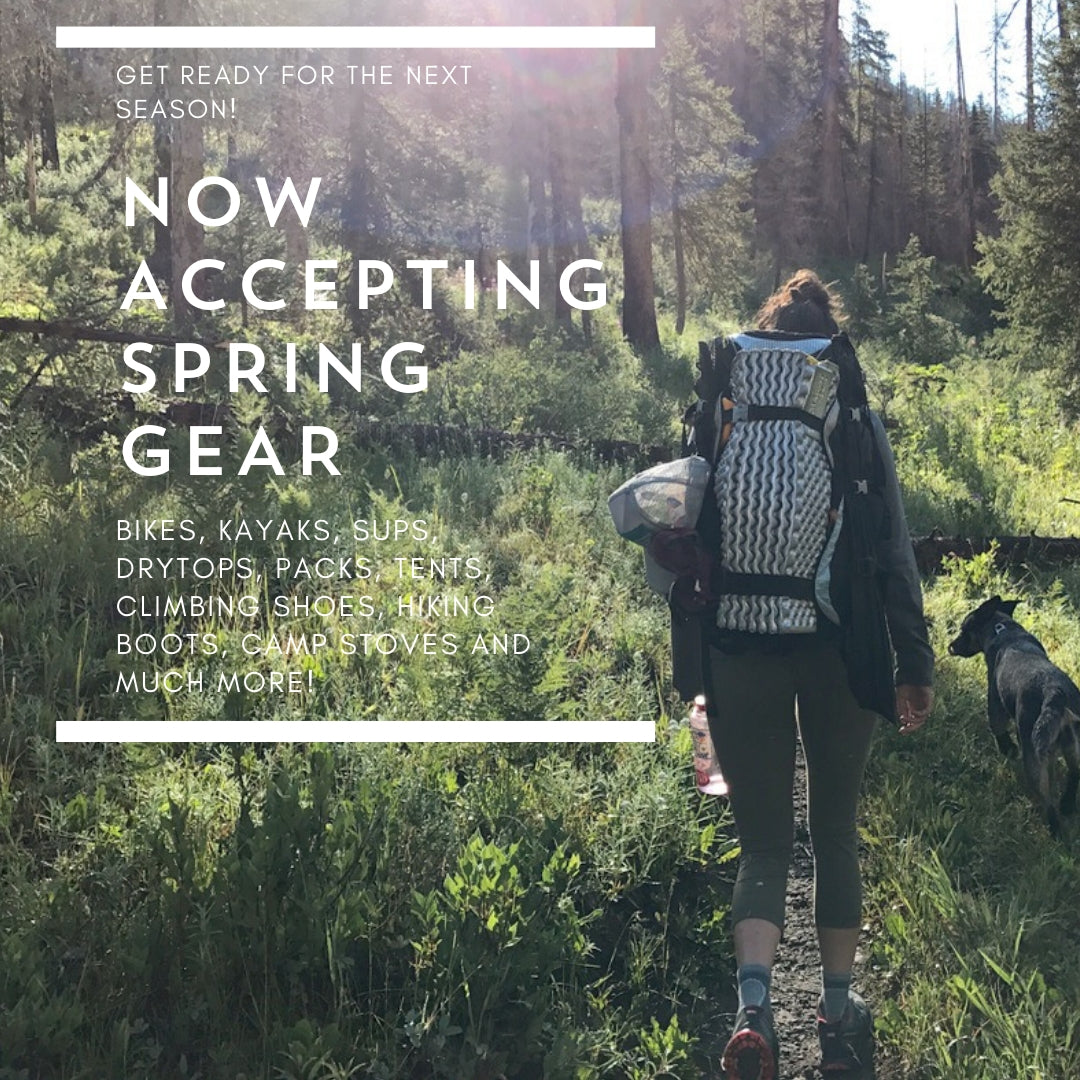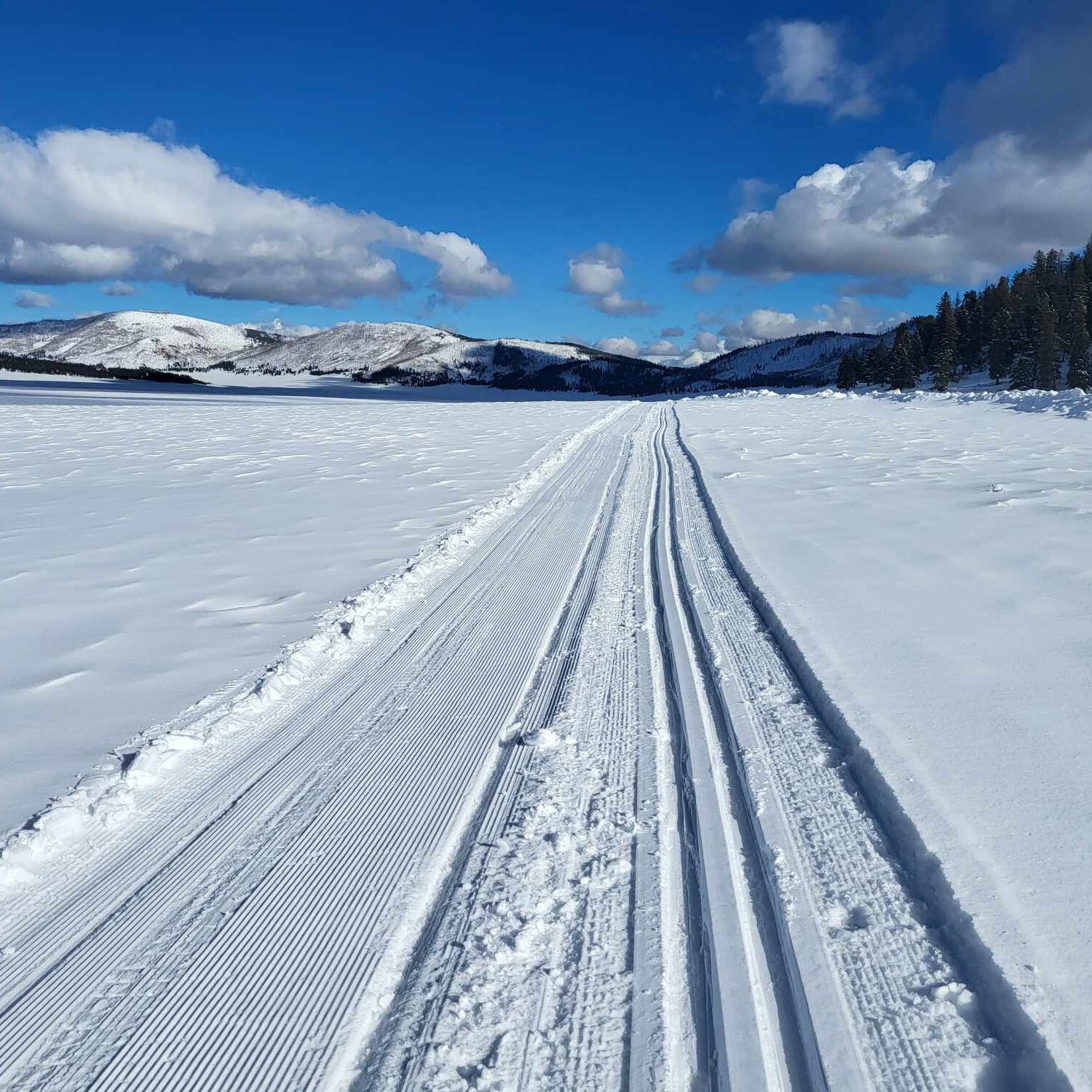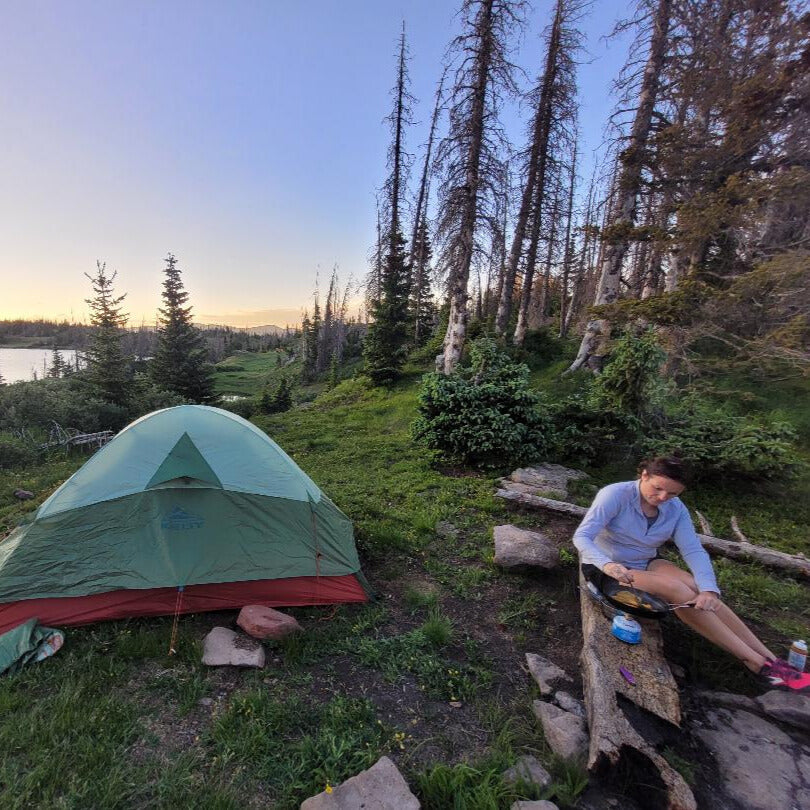Your Cart is Empty
accepting gear drop offs Mon-Sat 10am-5pm. No Consignment acceptance on Sundays.
accepting gear drop offs Mon-Sat 10am-5pm. No Consignment acceptance on Sundays.

Winter is hanging on this year and we are thrilled about this moisture and the late season POW we are getting to play in. Also, Spring it right around the corner and folks are planning river trips, desert climbing weekends and all sorts of warm weather adventures. It’s time to bring in your Spring and Summer gear! What does that mean? Here’s a few ideas to inspire your gear closet clean out:
Kayaks, bikes, tents, packs, pfds, sandals, drytops, hiking boots, camp stoves, camp pads, sleeping bags, bike parts, hitch mount racks, and much much more!

Thanksgiving is almost here–and skiing this early is always a gamble. Here are some non-skiing warm(er) weather destination ideas for the long break.

Just a couple hours from Durango, Valles Caldera is a great cross-country skiing destination, with surprisingly good snow and very few visitors.
Valles Caldera National Preserve is a popular hiking destination in the summer and a surprisingly great skiing destination in the winter.

When spending one night (or many) in the backcountry, a warm dinner at night and hot beverage in the morning can make the difference. That invariably involves using a stove of some sort–but which one?
Stove technology has been around for decades, but new tech is making them lighter, more efficient, and more dependable than ever before. Here’s a rundown of the different kinds of backpacking stoves: